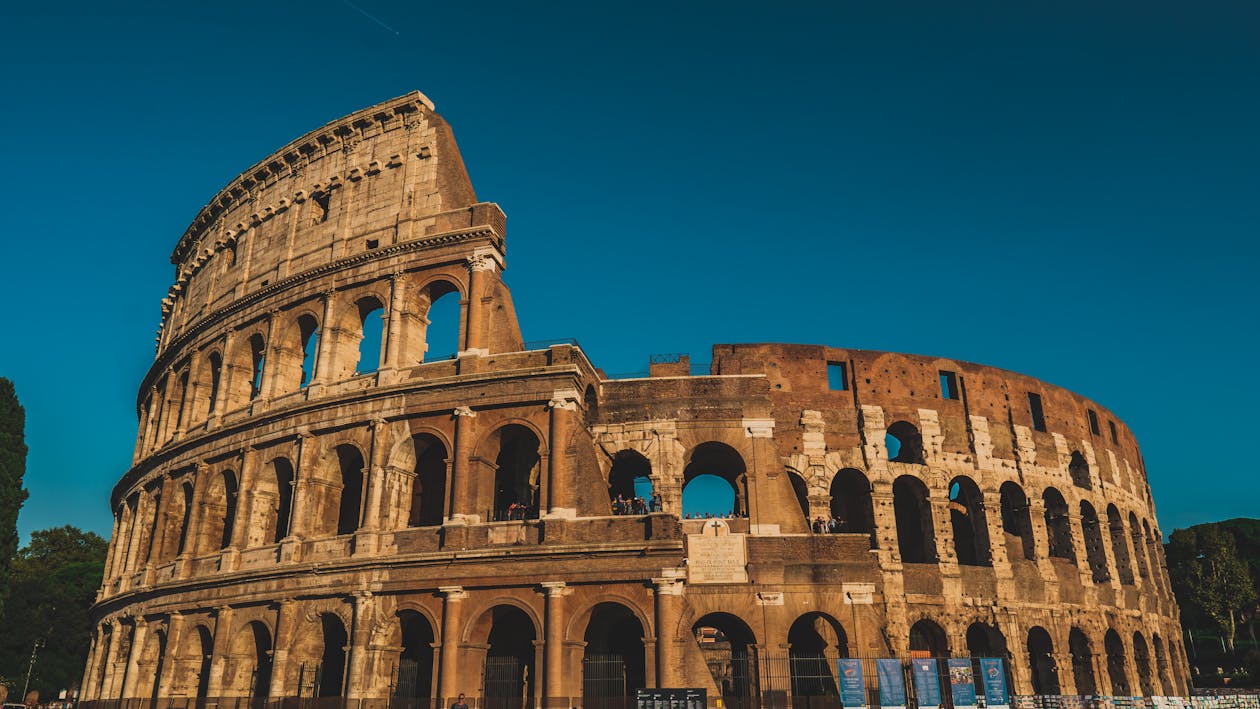The Colosseum, also known as the Flavian Amphitheatre, is one of the most iconic and recognizable landmarks in the world. Built in 80 AD, the Colosseum was the largest amphitheatre in the Roman Empire and was used for gladiatorial contests and public spectacles. It’s an architectural masterpiece that continues to amaze visitors to this day, and it’s not just a building, but it’s a window to the past, a glimpse into the daily lives of ancient Romans and a testament to the skill and ingenuity of ancient engineers and architects. The Colosseum is a true symbol of the Roman Empire and its history, and it’s a must-see destination for any history buff or traveler. With its underground tunnels, chambers, and velarium, it’s an architectural wonder that offers much more than what meets the eye. In this blog, we will take you on a journey through the Colosseum, highlighting the top 10 facts about this ancient wonder that you may not know. From its construction and design, to its uses and significance, we will explore the many facets of the Colosseum and its place in history. Get ready to discover the secrets of the Colosseum and embark on an unforgettable journey through one of the most iconic landmarks in the world.
The Colosseum was built by Emperor Vespasian and his son,

Emperor Titus, as a gift to the Roman people. It was completed in 80 AD and was the largest amphitheatre in the Roman Empire. The Colosseum was built on the site of Emperor Nero’s palace, the Golden House, which was destroyed in the Great Fire of Rome in 64 AD. Emperor Vespasian, who was known for his frugality, decided to use the funds from the palace to build the Colosseum as a gift to the Roman people.
The Colosseum was originally called the Flavian Amphitheatre,
named after the Flavian dynasty of emperors who built it. The Flavian dynasty, which consisted of Emperors Vespasian, Titus and Domitian, was known for its public works projects and the construction of the Colosseum was one of their most impressive achievements.


